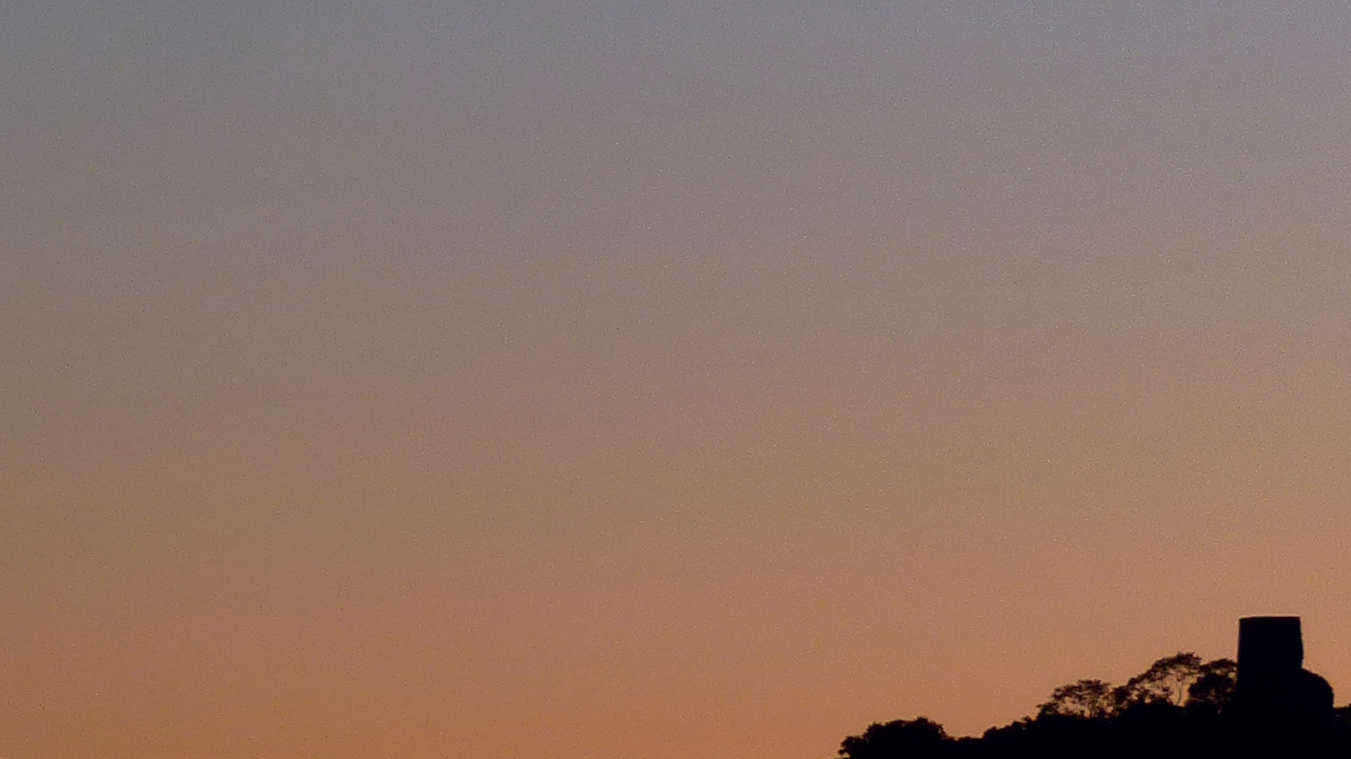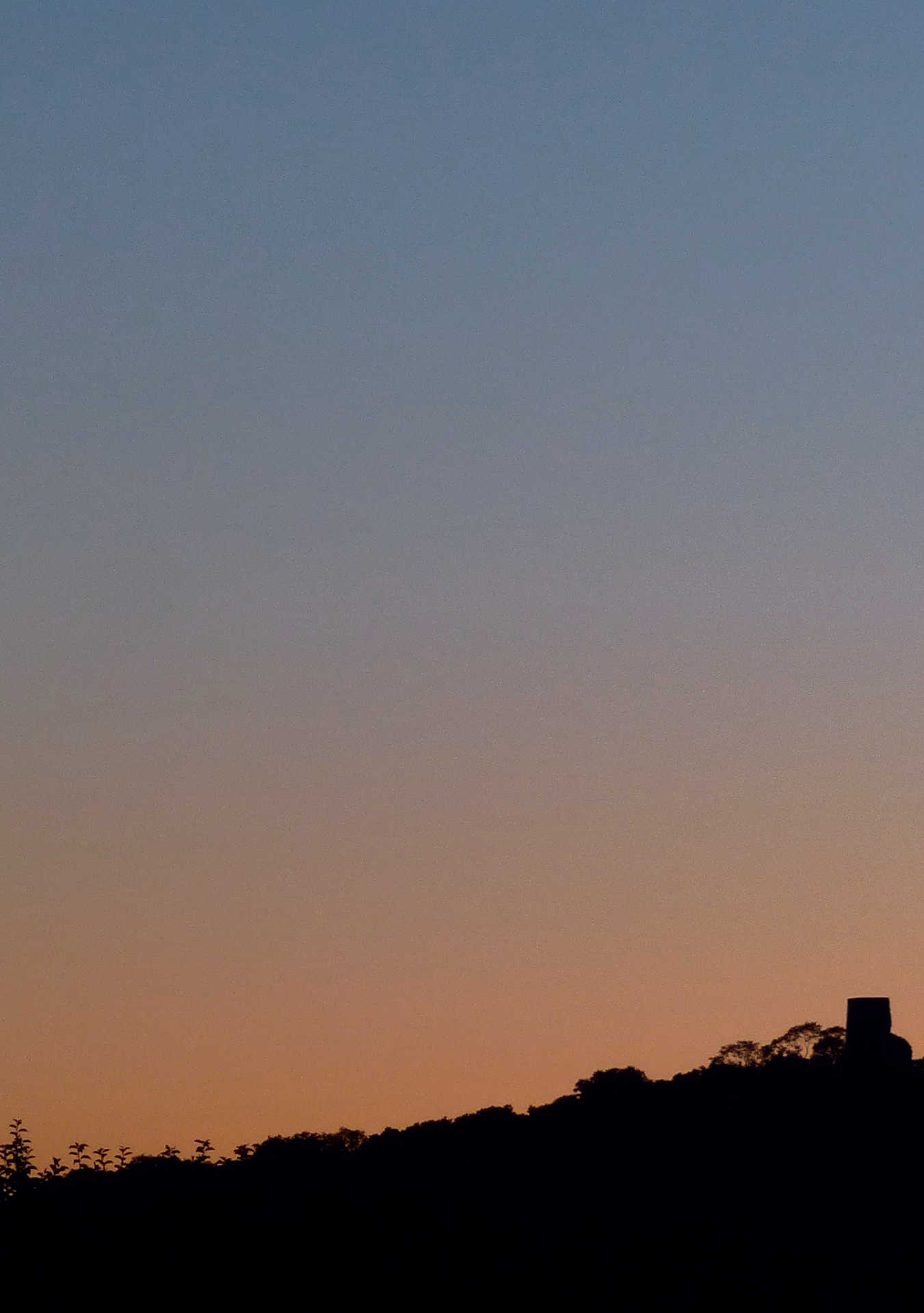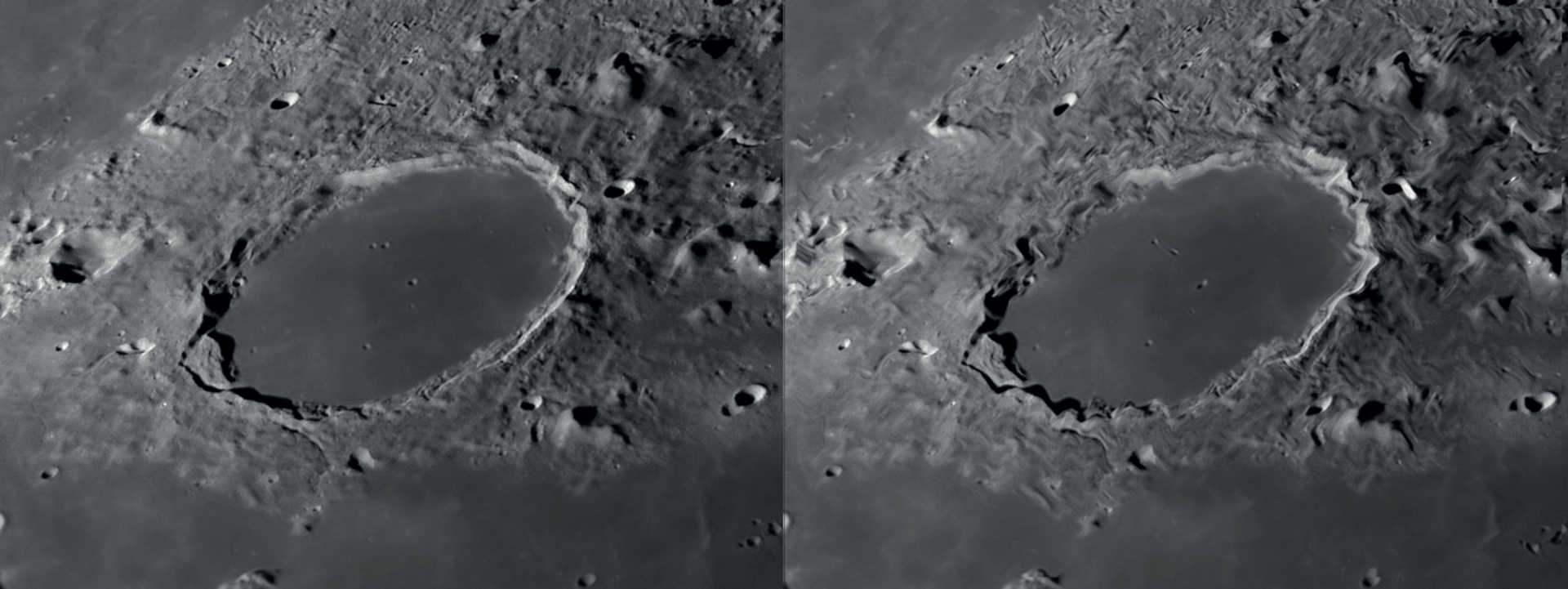All clear?
No clouds in the sky - that's a good start. Why transparency matters and what seeing is all about.
 Nico Schmidt
Nico SchmidtA cloudless sky is not the only requirement
 Even if a cloudless sky appears to promise a good night, atmospheric factors can interfere with the quality of your observation. Nico Schmidt
Even if a cloudless sky appears to promise a good night, atmospheric factors can interfere with the quality of your observation. Nico SchmidtFor the amateur astronomer, there is nothing better than clear weather. This means, first and foremost, a cloudless sky. But what does "clear" actually mean – and are there other factors that affect sky quality?
A cloudless sky is, of course, the prerequisite for ensuring that the sky offers the view of the stars that you crave. However, invisible dust and moisture in the air scatter the light and make the sky appear turbid and hazy, and the sky itself will appear bright. So it is not always really clear. This sky quality is known as transparency, and this is only really good under certain weather conditions.
Good transparency
Clear air can usually be expected after a period of wet weather. Wind, rain and the drier air behind a cold front usually eliminate dust, haze and humidity in the atmosphere. This is a good time to observe faint objects such as nebulae or galaxies which, when the air is most transparent, appear richer in contrast and are not washed out by any increased brightness of the sky background. In periods of good weather in summertime, the first nights are usually the clearest. After that, day by day ever more dust will often tend to accumulate in the dry atmosphere.
Indications of good transparency:
- The sky - even at the horizon - appears blue during the day and not bright white
- The sunset is relatively unimpressive, with a yellowish-white sun
- Aircraft condensation trails dissolve within minutes
Night time turbulence
Another major factor in the quality of an observation night is turbulence in the atmosphere. Seeing refers to the degree to which the view of a celestial object is blurred due to atmospheric disturbances. The differing temperatures of large layers of air and smaller air pockets are responsible for this effect, as they lead to different refraction of the light rays arriving from space. In very turbulent air, the image of a star or planet drifts back and forth in the telescope and is hardly possible to observe with any degree of sharpness.
 If the seeing is good, detail recognition is excellent when observing the Moon and planets (left). Slowly moving air will cause parts of the image to be distorted, while other areas remain sharp (right). NASA/GSFC/Arizona State University/L. Spix
If the seeing is good, detail recognition is excellent when observing the Moon and planets (left). Slowly moving air will cause parts of the image to be distorted, while other areas remain sharp (right). NASA/GSFC/Arizona State University/L. Spix It’s the weather
As with transparency, weather events can affect seeing. The air is often very turbulent behind a weather front immediately after a band of rain has passed through. Strong wind also generally leads to poor seeing. This is made noticeable by the intense twinkling of stars in the sky. This is known as scintillation and can be an indicator of significant air disturbance. If even the stars that are more than 45° above the horizon twinkle, then you can assume that the seeing is very poor. Seeing is generally worse close to the horizon than at the zenith. On the other hand, you can expect good seeing in light or heavy fog conditions, since the air strata are often very stable. Now is a good night for observing the Moon and planets and you will be able to use high magnifications.
Indications of good seeing:
- Little wind or calm air
- No scintillation of stars that are high above the horizon
- Stable high-pressure weather conditions during summer and winter, especially on slightly foggy nights
Author: Lambert Spix / Licence: Oculum Verlag GmbH
